Is your HVAC system working harder than it needs to? Enhance its performance, improve your home's comfort, and potentially lower your monthly energy bills with professional air duct cleaning from AA Air Duct, proudly serving the Roaring Spring, PA area. Over time, layers of dust, dirt, pet hair, and construction debris accumulate within your ductwork. This buildup acts as insulation and obstruction, restricting critical airflow and forcing your heating and cooling system to strain, consuming excess energy. Our NADCA-certified technicians employ powerful, specialized equipment to meticulously remove this efficiency-robbing debris, leading to better airflow, improved indoor air quality, and smarter energy usage. Make a wise investment in your Roaring Spring, PA home's long-term comfort and operational efficiency with AA Air Duct.
Call today for a complimentary quote and discover how cleaner ducts can lead to energy savings!
Choosing AA Air Duct means investing in your HVAC system's longevity and efficiency.

Many homeowners in Roaring Spring, PA don't realize the significant impact hidden ductwork buildup has on their HVAC system's efficiency. Think of it like arteries getting clogged – restricted airflow makes the heart (your HVAC blower motor) work much harder. These layers of dust and debris force your furnace and air conditioner to run longer and more frequently to achieve and maintain your desired indoor temperature. AA Air Duct’s comprehensive source-removal cleaning process directly tackles this issue. By clearing obstructions and allowing air to flow freely as designed, we help your system operate closer to its peak efficiency rating. This translates into more consistent temperatures, less wear and tear on expensive components, and often, noticeable savings on your monthly heating and cooling bills. It's a practical investment in optimizing your Roaring Spring, PA home's energy performance.
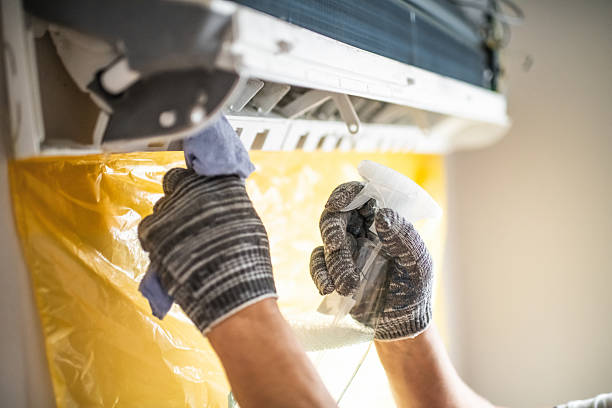
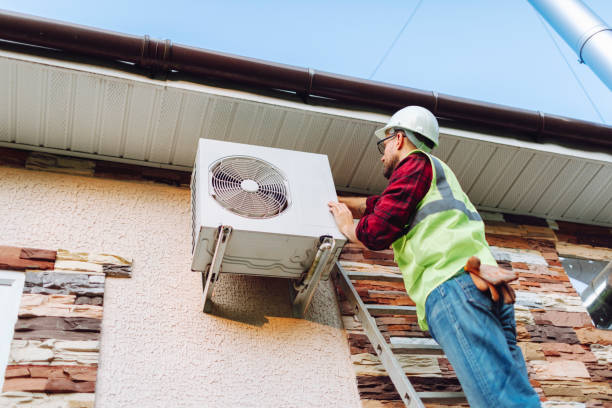
Does your dryer seem to take multiple cycles to get clothes dry? This common frustration is often caused by a vent clogged with lint. Restricted airflow not only wastes considerable energy by making your dryer run longer but also causes the appliance to overheat, creating a serious and preventable fire hazard. Our professional dryer vent cleaning service thoroughly removes this flammable lint from the entire vent system. The immediate benefits include significantly faster drying times (saving energy and money), reduced wear on the dryer mechanism, and most importantly, invaluable peace of mind knowing you've mitigated a common cause of house fires in Roaring Spring, PA homes.
To achieve maximum energy savings and system longevity, consider pairing air duct cleaning with a comprehensive HVAC system tune-up and deep clean. Our skilled technicians can meticulously clean vital components often neglected, such as the indoor evaporator coils, outdoor condenser coils, and the blower motor assembly. We also inspect electrical connections and overall system operation. A clean, well-maintained HVAC system functions at its optimal efficiency level, provides more reliable heating and cooling for your Roaring Spring, PA residence, lasts longer, and helps you avoid costly emergency repairs down the road.
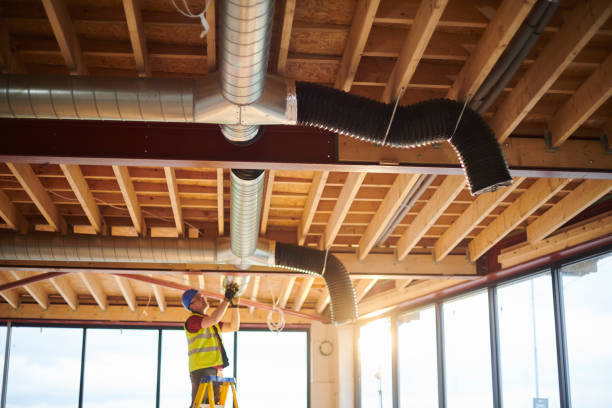
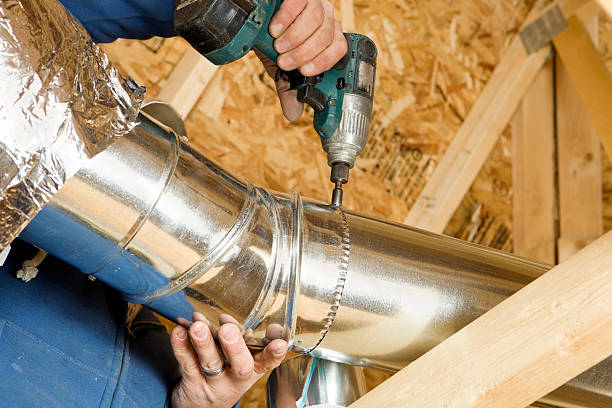
If musty odors persist or if you have heightened concerns about microbial contaminants like mold or bacteria within your system, ask about our optional sanitization service. Performed after the thorough cleaning, this treatment involves applying an EPA-registered sanitizing agent formulated for safe use within HVAC systems. It effectively neutralizes odor-causing organisms and inhibits the growth of mold and mildew, ensuring the air circulating throughout your home is exceptionally fresh, clean, and healthy. This provides an added layer of protection, especially beneficial for those with respiratory sensitivities in Roaring Spring, PA.
Investing in professional air duct cleaning isn't just about eliminating dust; it's a practical step towards optimizing your HVAC system and reducing costs. Here’s a breakdown of how clean ducts contribute to efficiency and savings: Maximized Airflow: Removing obstructions allows air to move freely, reducing the workload on the system's blower motor and ensuring conditioned air reaches all rooms effectively. Efficient Heat Transfer: When combined with cleaning HVAC coils, removing insulating layers of dust allows for optimal heat exchange, meaning your AC cools better and your furnace heats better with less effort. Reduced System Runtime: Because an efficient system reaches the thermostat setting faster, it doesn't need to run as long or as often, directly cutting down on energy usage. Lower Utility Bills: Less energy consumed translates directly into lower monthly heating and cooling expenses – often the largest portion of a Roaring Spring, PA household's energy budget. Extended Equipment Lifespan: By reducing operational strain and preventing components from overheating or working excessively hard, regular cleaning can help extend the functional life of your expensive HVAC equipment, delaying costly replacements.
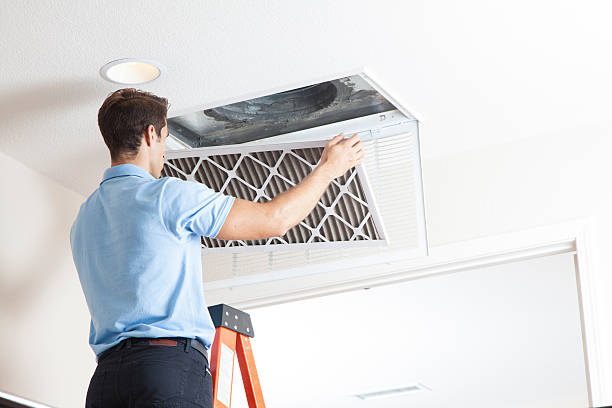
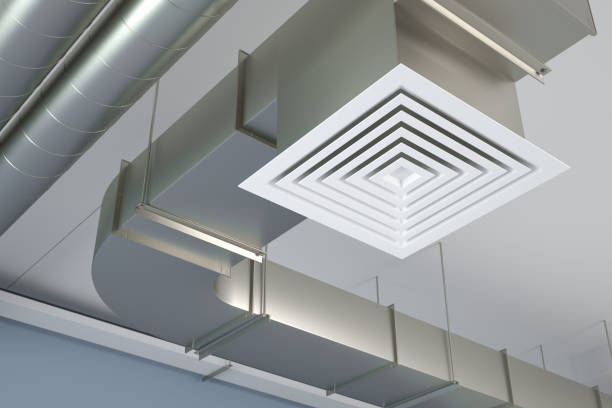
Invest in your home's efficiency and your family's health. AA Air Duct delivers expert air duct cleaning and thorough dryer vent cleaning services throughout the Roaring Spring, PA region. Optimize your HVAC system's performance, potentially save money on energy bills, and enjoy cleaner, healthier indoor air.
Don't delay – contact us today to receive your free, no-obligation estimate and schedule your service!
Since AA Air Duct cleaned our ducts, our AC seems to cool the house much faster, and I think our latest energy bill was a bit lower! The team was professional and explained how clean ducts improve efficiency. Very happy with the service.
They did a great job cleaning both the air ducts and the dryer vent. The technician was knowledgeable and pointed out how clogged the dryer vent was impacting efficiency. Everything works better now. Prompt and reliable.
AA Air Duct provided a clear, detailed estimate and the final price matched exactly. The technicians arrived on time, were incredibly careful in my home, and did a verythorough job. I'd recommend them to anyone in Roaring Spring, PA.
Roaring Spring was established around the Big Spring in Morrison's Cove, a clean and dependable water source vital to the operation of a paper mill. Prior to 1866, when the first paper mill was built, Roaring Spring had been a grist mill hamlet with a country store at the intersection of two rural roads that lead to the mill near the spring. A grist mill, powered by the spring water, had operated at that location since at least the 1760s. After 1867, as the paper mill expanded, surrounding tracts of land were acquired to accommodate housing development for new workers. The formalization of a town plan, however, never occurred. As a result, the seemingly random street pattern of the historic district is the product of hilly topography, a small network of pre-existing country roads that converged near the Big Spring, and the property lines of adjacent tracts that were acquired through the years for community expansion. The arterial streets of the district are now East Main, West Main, Spang and Bloomfield, each of which leads out of the borough to surrounding townships. Two of these streets — Spang and East Main — meet with Church Street at the district's main intersection called "Five Points." The boundaries of the district essentially include those portions of Roaring Spring Borough which had been laid out for development by the early 1920s. This area encompasses 233 acres (0.94 km2) or 55 percent of the borough's area of 421 acres (1.70 km2). Since the district's period of significance extends to 1944, most of those buildings erected after the 1920s were built as infill within the areas already subdivided by the 1920s. In the early 1960s, the borough began to annex sections of adjacent Taylor Township, especially to the east around the then new Rt. 36 Bypass.
Zip Codes in Roaring Spring, PA that we also serve: 16673